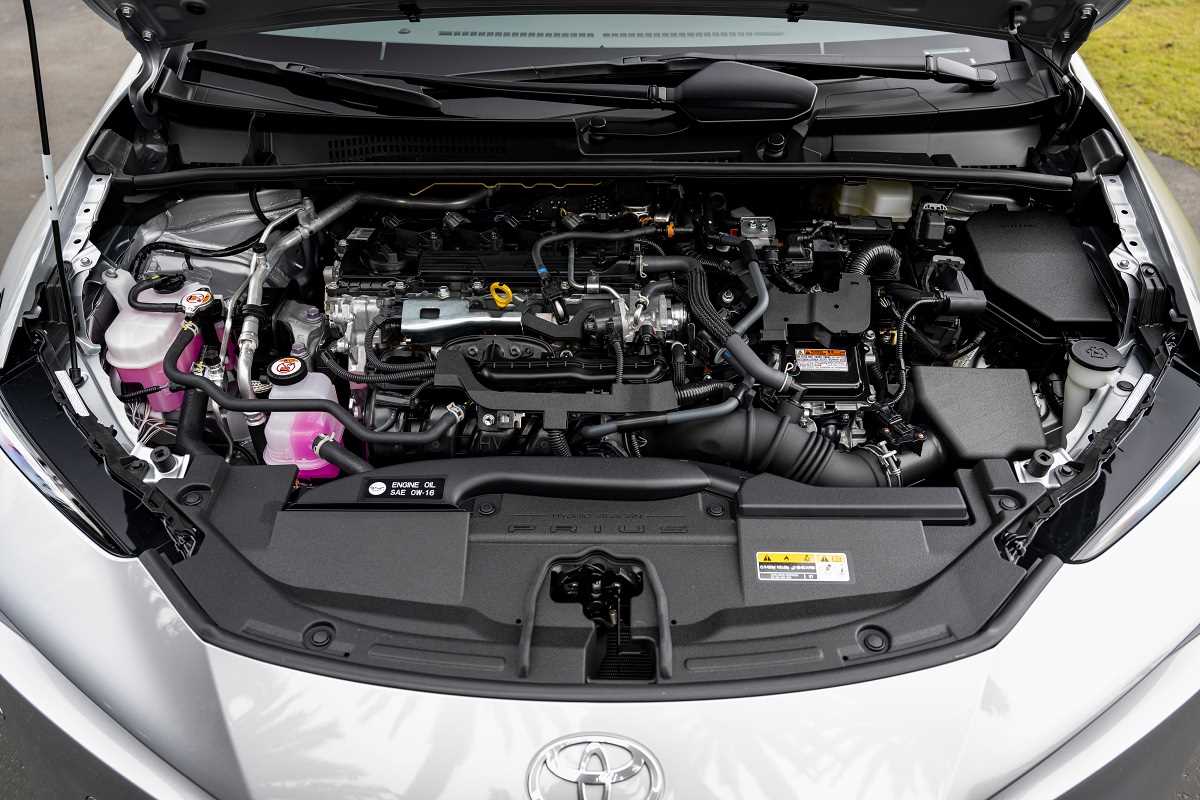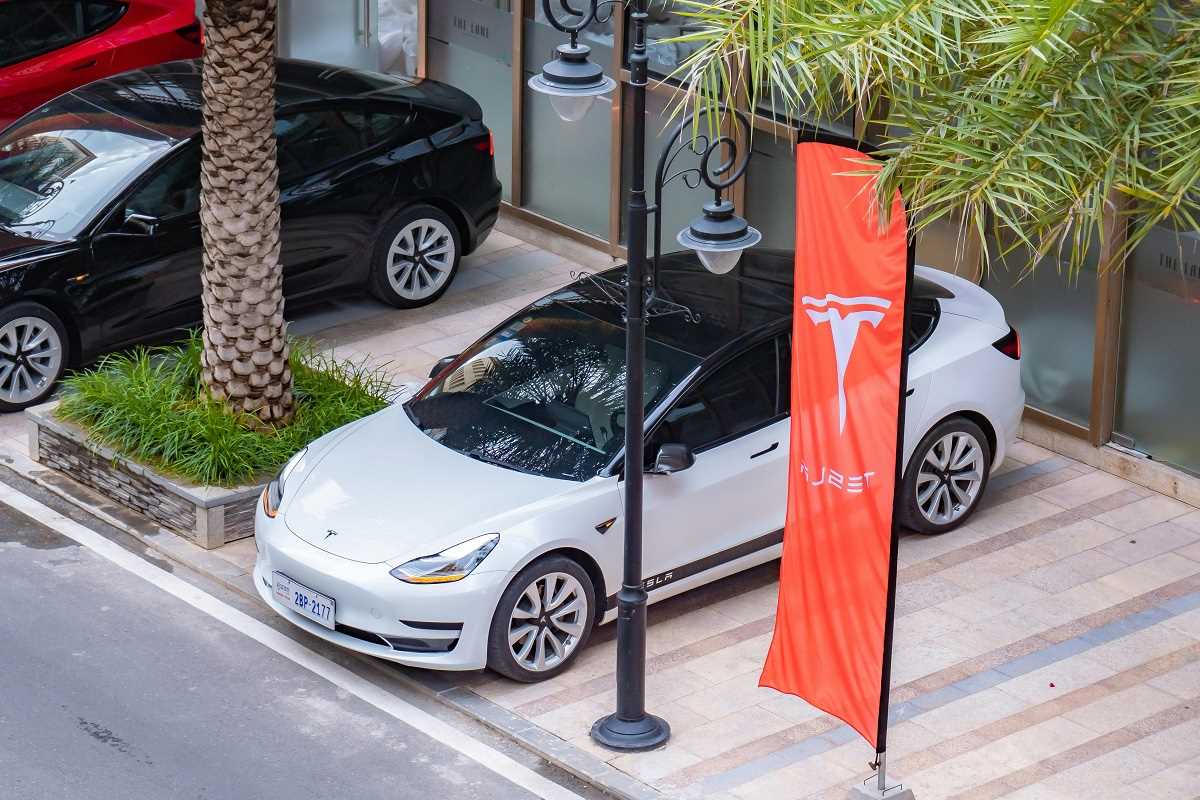Hybrid engines are changing the way we think about driving, offering a cleaner, more efficient alternative to traditional gasoline-powered vehicles. For eco-conscious consumers, understanding how hybrid engines work and their potential to save money is key to making an informed choice. Here, we'll dive into the mechanics of hybrid engines, their benefits, and how they can contribute to both your wallet and the environment.
What Are Hybrid Engines and How Do They Work?
A hybrid engine combines an internal combustion engine (ICE) and an electric motor to power a vehicle. This dual-system setup leverages the strengths of each component to optimize fuel efficiency and reduce emissions.
Here’s how it generally works:
- During acceleration and high-speed driving: The internal combustion engine takes the lead, offering the power required for heavy-duty performance.
- During low-speed driving or idling: The electric motor steps in, reducing reliance on the gasoline engine and conserving energy.
- Regenerative braking: Hybrid systems convert kinetic energy produced during braking into electricity and store it in a battery to power the electric motor.
This seamless collaboration ensures reduced fuel consumption and emissions, making hybrid vehicles a game-changer for eco-friendly driving.
Environmental and Economic Benefits of Hybrid Engines
Hybrid vehicles don't just help the environment—they’re also lighter on your wallet. Here’s how:
Environmental Benefits
- Lower emissions: Hybrids emit significantly less CO2 compared to traditional gasoline vehicles, helping combat climate change.
- Clean energy usage: Plug-in hybrids can operate using electricity for shorter commutes, further reducing fuel reliance.
- Reduced noise pollution: Electric motors result in quieter operation, particularly during city driving.
Economic Benefits
- Fuel savings: Hybrids are designed to get more miles per gallon, which means fewer trips to the gas station.
- Lower maintenance bills: Hybrids experience reduced wear and tear on key components like the engine and brakes.
- Tax benefits and incentives: Many regions offer financial perks, such as rebates or tax deductions, to hybrid vehicle owners.
- High resale value: Growing demand for eco-friendly vehicles means hybrids retain their value better than some traditional cars.
Types of Hybrid Systems
Not all hybrids are created equal. There are three main types of hybrid systems, each catering to different needs and preferences.
- Full Hybrid (HEV):
Full hybrids, like the Toyota Prius, can run either on the internal combustion engine, the electric motor, or a combination of both. They are excellent for urban driving, where frequent braking helps recharge the battery.
- Mild Hybrid:
Mild hybrids provide electric assistance to the gasoline engine but can’t operate solely on electric power. They improve fuel efficiency slightly while keeping costs lower than full hybrids.
- Plug-In Hybrid (PHEV):
Plug-in hybrids boast larger batteries that can be recharged via an external power source. They offer the flexibility of running entirely on electric power for shorter trips and switching to the gasoline engine for longer journeys.
How Hybrid Engines Save You Money
The financial benefits of hybrid engines are undeniable. Here’s a breakdown of how they work to keep more money in your pocket:
- Higher fuel efficiency: Hybrids generally average 25–50% better fuel economy compared to traditional gasoline vehicles. For instance, a full-hybrid sedan might deliver 50 miles per gallon compared to 30 miles per gallon from a standard car.
- Reduced maintenance costs: Electric motors alleviate stress on the internal combustion engine, leading to fewer repairs. Regenerative braking also extends the lifespan of brake pads, minimizing maintenance expenses.
- Government incentives: Depending on your location, you may qualify for tax credits, rebates, or access to carpool lanes, making hybrids even more cost-effective.
Cost Savings
To illustrate how hybrid vehicles save money, consider an average commuter:
Scenario:
You drive 15,000 miles annually and pay $4 per gallon of gasoline.
- A traditional car averaging 30 miles per gallon (MPG) would require 500 gallons of gas per year, costing $2,000.
- A hybrid car averaging 50 MPG needs only 300 gallons, costing $1,200.
Annual Savings: $800 in fuel costs alone.
Over a five-year period, the savings could amount to $4,000—and that’s before factoring in lower maintenance costs and potential tax incentives.
The Future of Hybrid Technology
Hybrid technology is rapidly advancing, cementing its role in the future of the automotive industry. Auto manufacturers are investing heavily in improving battery technology to enhance driving ranges and reduce costs further. Additionally, emerging hybrid models are becoming more aerodynamic and lightweight, boosting efficiency.
Governments worldwide are also pushing for stricter emissions regulations, further incentivizing the development of hybrid and electric vehicles. For eco-conscious consumers, this means more options, better affordability, and greater impact in the fight against climate change.
Hybrid engines represent a smart, sustainable choice for consumers who care about both their finances and the planet. By offering superior fuel efficiency, lower maintenance costs, and environmental benefits, hybrids stand as the perfect middle ground between traditional gasoline vehicles and fully electric cars.
Whether you’re looking for a compact city car or a versatile plug-in hybrid SUV, the benefits of hybrid technology are hard to ignore. Make a difference—for your wallet, your lifestyle, and the environment—by choosing hybrid. Your next step? Exploring hybrid options that align with your needs and reaping the rewards.
 (Image source: Toyota)
(Image source: Toyota) 

.jpg)



